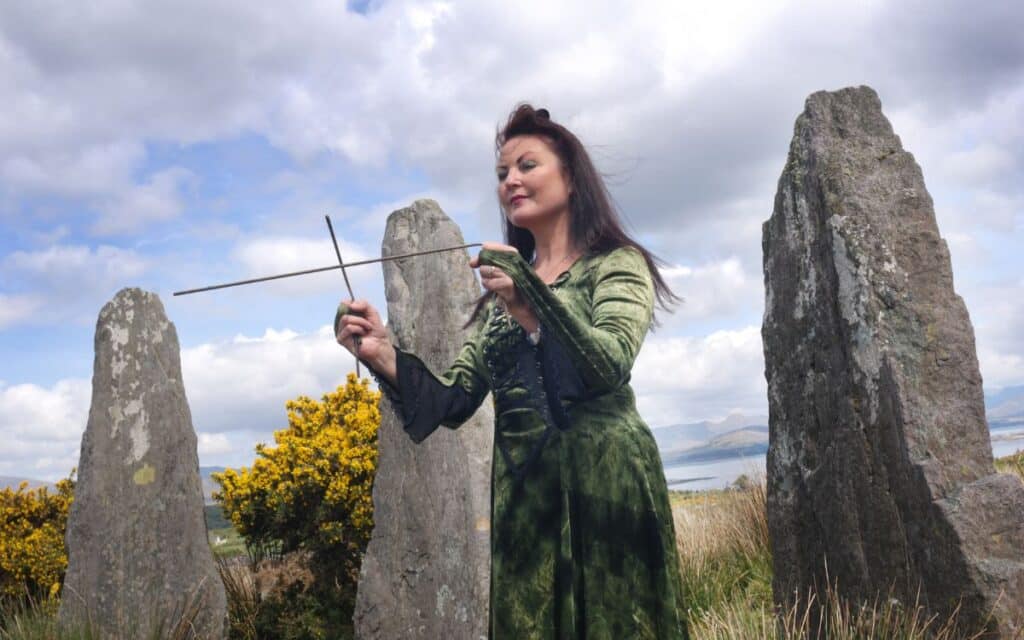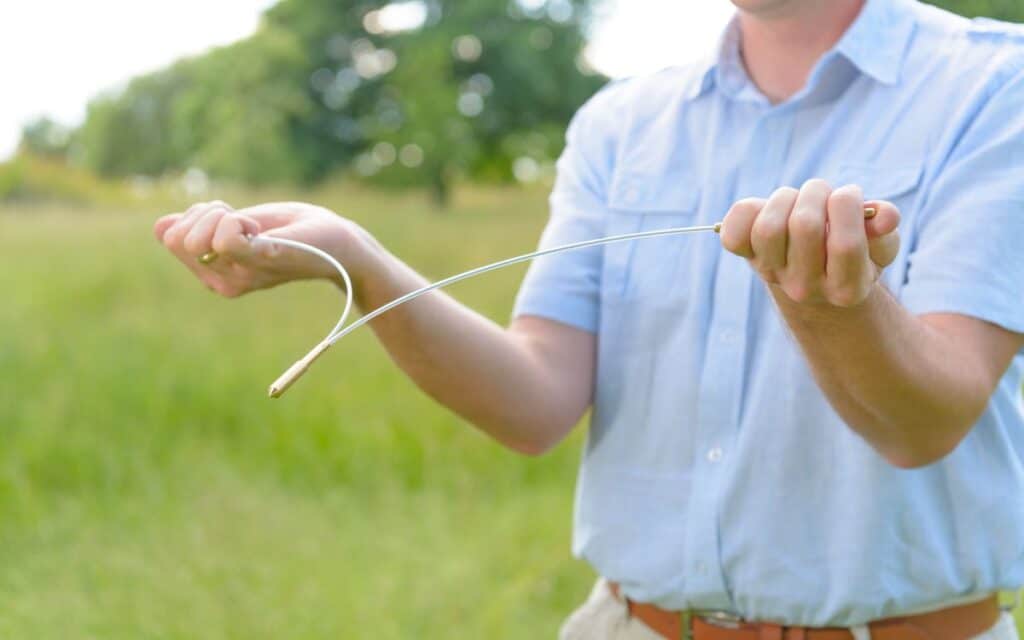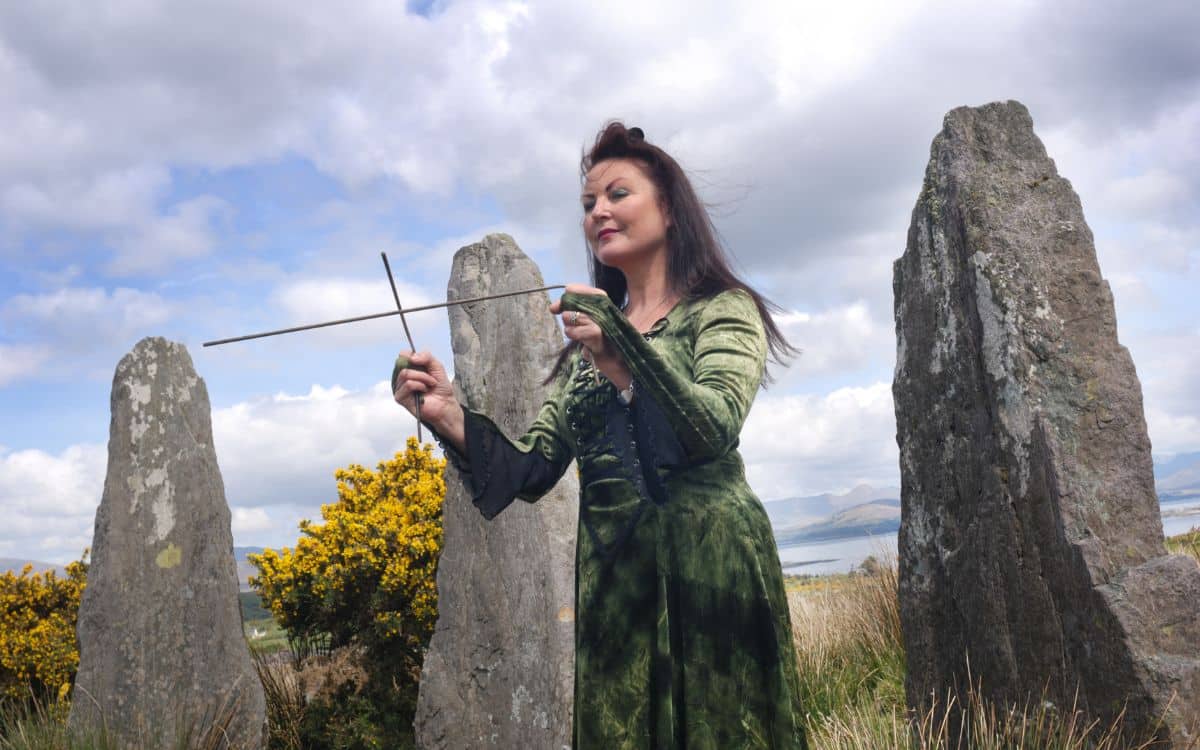Dowsing is a controversial technique used to find underground water sources or other hidden objects using a tool called a dowsing rod.

Here is a step-by-step guide on how to use a dowsing rod to find water:
Materials Needed
- Two L-shaped metal rods or wooden sticks
- A long string or wire (optional)
Instructions for Dowsing
- Hold the dowsing rods with your hands, making sure that the long end of the L-shape is pointing forward and parallel to the ground.
- Walk slowly over the area where you suspect there may be an underground water source. It is helpful to walk in a zigzag pattern over the area to cover as much ground as possible.
- Pay attention to the behaviour of the dowsing rods. They will start to move in response to the presence of water. Some people report feeling a slight tug or vibration in the rods when they detect water, while others say that the rods cross or point towards the water source.
- Once you have located a spot where the dowsing rods indicate water, mark it with a flag or marker of some sort.
- If you are having difficulty getting a response from the dowsing rods, you may try using a long string or wire to create a pendulum. Hold one end of the string or wire in each hand, allowing the string to hang straight down. Walk over the area where you suspect water and pay attention to the direction that the pendulum swings. Some people believe that the pendulum will swing in a circular or back-and-forth motion when it detects water.
History of Dowsing
Dowsing, also known as divining, has a long and intriguing history in the UK and Ireland. Its origins can be traced back to ancient times. The practice involves the use of a dowsing rod, pendulum, or other tools to locate underground water, minerals, or other objects.
In the UK and Ireland, dowsing has been practised for centuries and it was commonly used by the Celtic druids to locate underground water sources. The druids believed that water was sacred and they used dowsing as a way to find sources of pure, clean water. The practice was also used by the ancient Romans, who believed that dowsing rods were an effective tool for locating mineral deposits.
During the Middle Ages, dowsing continued to be popular in the UK and Ireland and it was often used to locate hidden treasure, as well as underground water sources. The practice was also used by farmers to locate water sources for their livestock and by individuals who were searching for lost or stolen items.

In the 17th and 18th centuries, dowsing was used by engineers and geologists to locate underground water sources for wells and other water systems. However, as scientific methods for finding water and minerals became more advanced, the use of dowsing declined in popularity.
Despite this, dowsing remains a popular practice among some people in the UK and Ireland today. Some individuals and organisations use dowsing as a tool for locating water and minerals, although it is generally considered to be a pseudo-scientific practice by most scientists and experts.
Despite the lack of scientific evidence to support the effectiveness of dowsing, the practice remains an interesting and important part of the history and folklore of the UK and Ireland. The use of dowsing rods and other tools continues to fascinate many people and it is likely that the practice will continue to be a subject of interest and debate for years to come.
Do you believe in dowsing? Tell us your thoughts in the comments section below!






